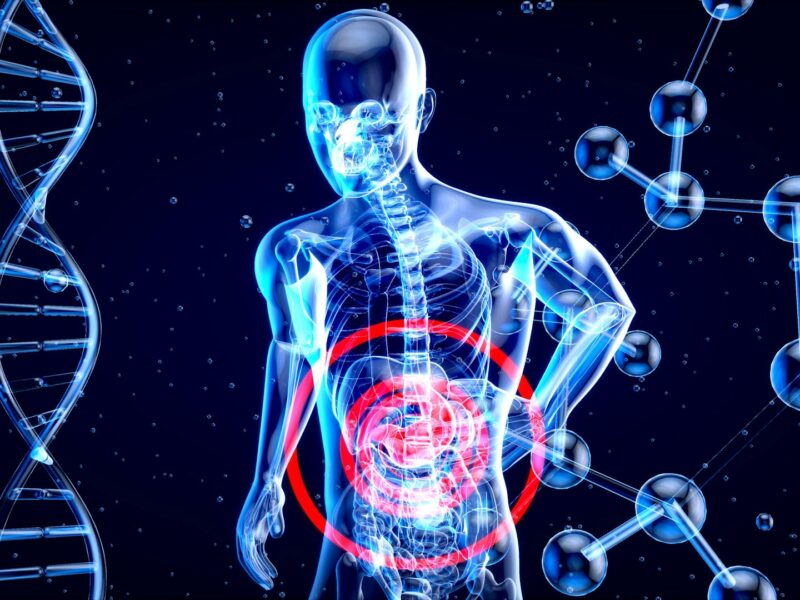The ever-evolving potential of revolutionary, interconnected goods revolutionize the playing field and push the limits of various industries. Companies must now decide how to position themselves on a technology stack that includes reliable connectivity, robust data storage, and secure analytics.
Logistics and supply-chain processes can benefit from a wide range of IoT applications. From rerouting fleets based on field data to monitoring temperature-sensitive inventory, IoT can help make businesses more efficient and profitable.
Manufacturing
Manufacturers use industrial IoT applications to transform their businesses for back-office processes like supply chain management or internal business operations on the factory floor. IoT connectivity allows real-time data to be broadcast across the organization and helps streamline and optimize processes and systems, from raw materials to finished products.
For example, IoT sensors on equipment monitor key metrics (temperature, turning number, pressure) and provide early warning for any potential anomalies. It allows technical service teams to fix problems before they result in significant equipment failure, reducing downtime and saving costs.
The same technology can also improve quality control. IoT-enabled cameras can spot defects and help to prevent the commercial distribution of faulty products. Similarly, sensors in food and chemicals can monitor environmental conditions to ensure that these sensitive products remain safe throughout the supply chain.
IoT devices rely on robust connectivity to collect and transmit data to a “home base” to work as intended. Using only these devices with reliable connections protected against unauthorized access is essential. The type of connectivity required can vary by device. For instance, rural farms might need low-power devices that communicate over cellular networks instead of fiber lines or power connections. Other devices may require a private wireless network with access points and backhaul connections to cover large coverage areas.
Oil & Gas
IoT connectivity makes a world of difference to industries. The ability to connect sensors and devices, communicate and automate tasks drive organizations to improve business operations and decision-making, find new revenue streams, and expand globally.
From fixed automated machines to programmable systems, IoT is revolutionizing industrial automation. These intelligent machines allow for the offloading of decision-making and process control from humans to high-speed controllers that can make real-time adjustments based on the data they receive.
It allows manufacturers to reduce human error, increase efficiency, and save on operating costs. When analyzed with advanced analytics algorithms, the IoT data collected from machines and sensors provide valuable insights to drive innovation.
For example, IoT sensors in machines and equipment can monitor performance and anticipate failure so maintenance can be scheduled when it will affect production the least; this helps companies reduce costly downtime. IoT data can also reduce energy costs by optimizing machine operation and using real-time information to detect waste.
IoT sensor technology is used for connected logistics and fleet management, improving efficiencies in shipping and delivery processes by helping to direct trucks according to real-time data from the field. IoT is also helping to optimize warehouse space, maximize truck and trailer capacity and improve decision-making with centralized visibility of device connectivity.
Transportation
Using IoT devices, organizations can monitor machinery and equipment performance to predict when a machine may fail, reducing the time needed for service calls. This predictive maintenance approach also helps reduce costly production downtime. The ability to deliver firmware updates Over-the-Air (OTA) also benefits device longevity, allowing businesses to address bugs and add features without the need to send a technician on-site.
Organizations can implement industrial IoT to improve internal operations like production processes or consumer IoT for more client-facing capabilities. Whether looking to improve internal or external business, IoT technology can benefit many industries, including manufacturing, transportation, agriculture, infrastructure, and even home automation.
IoT can make buildings more efficient by monitoring occupants and using sensors to control and adjust systems such as air conditioning, elevators, security cameras, and thermostats. For example, IoT technology can track how many people are in a conference room and automatically turn on the air conditioner, and vice versa.
For some IoT applications, network speed is a critical factor. IoT devices must compete for bandwidth with other devices on the same network. A device needs more data throughput to be faster to transfer information and will use more power. In addition, some IoT solutions require a lot of downlink data (the data sent from the device to the cloud). For example, IoT-enabled security systems require high downlink capability to transmit video images and real-time data.
Agriculture
IoT sensors help farmers analyze data to improve crop production and manage land and water resources more efficiently. For example, IoT devices can monitor soil conditions and warn farmers of harmful chemicals or pest incursions. This technology also allows farmers to optimize fertilizer usage and cut energy costs.
Advances in IoT-enabled artificial intelligence (AI) and machine learning technologies fuel the industry’s growth. IoT devices collect and transmit data to the cloud, where advanced analytics algorithms uncover patterns and insights. These insights can help businesses operate more efficiently, provide better customer service and generate new revenue streams.
Other drivers include automation trends and IoT-enabled product-as-a-service business models. In addition, companies can use IoT data to monitor and track assets in real-time to prevent downtime and increase productivity.
The IoT connectivity market comprises various technologies that vary by device type and end-use industry. For example, traditional cellular technologies, such as 4G and 5G, offer high data rates but require expensive, complex hardware; short-range technologies like Bluetooth Low Energy (BLE) focus on battery life and connectivity range but offer limited data rate; and low power vast area network (LPWA) technologies offer superior battery life and connectivity range with lower data rates. The proper connectivity solution depends on your unique application.


